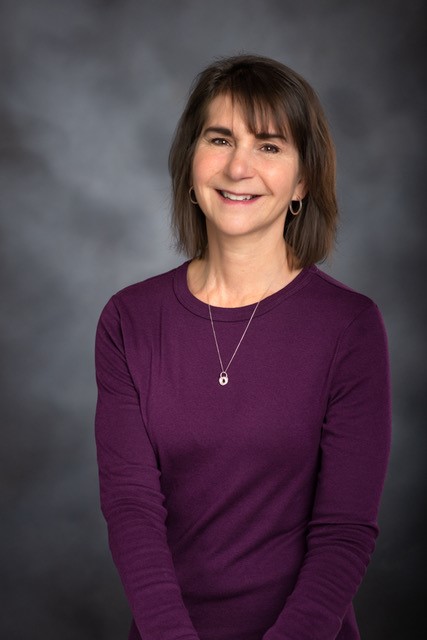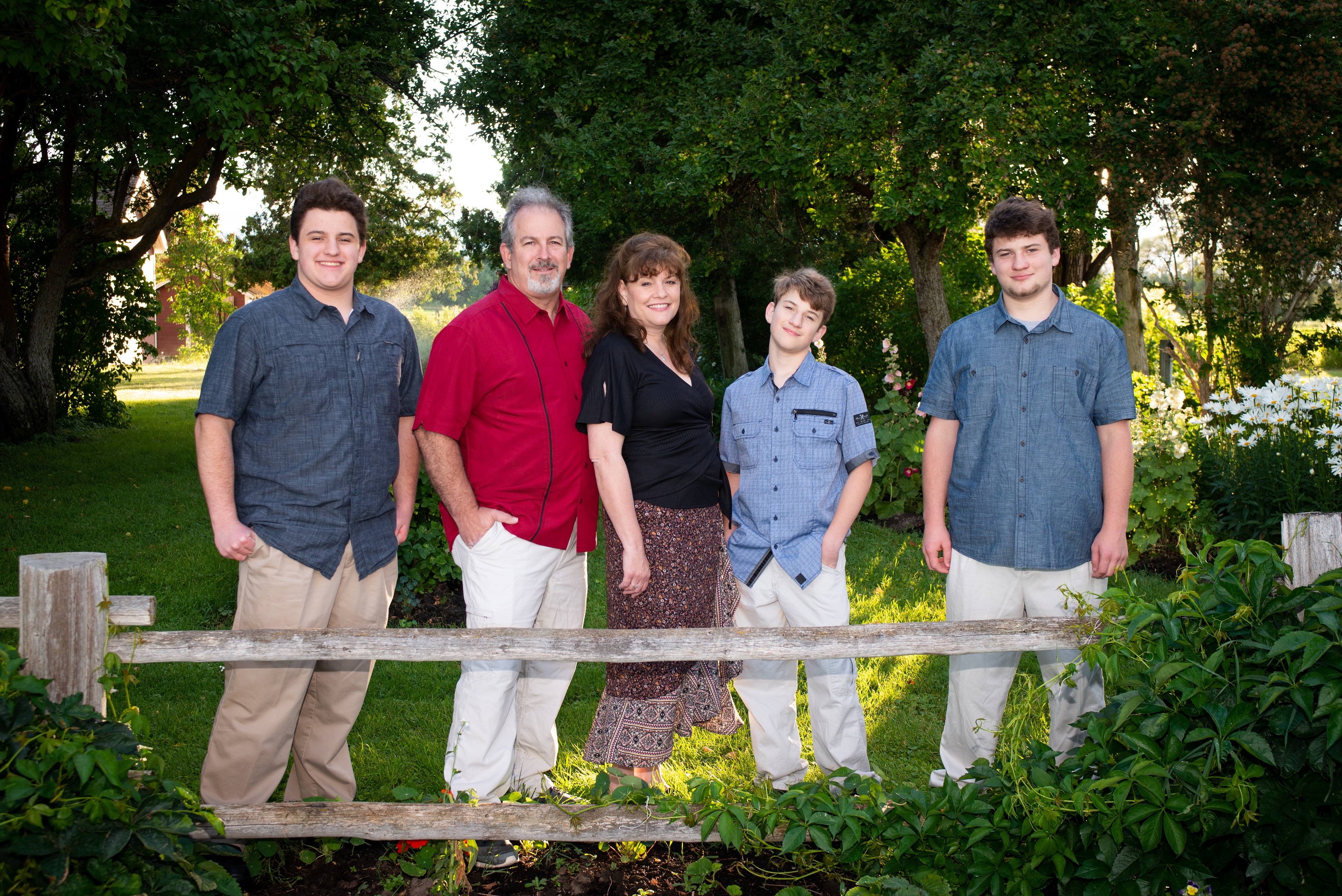Contributor Dr. Elise Herman
As cooler weather approaches, the “sick” season does, too. For kids, this usually means respiratory illnesses, ranging from cold to croup or pneumonia. While these sicknesses are usually mild, more severe cases are rapidly increasing, with more kids going to the ER and being hospitalized. The viruses responsible include Respiratory Syncytial Virus (RSV), rhinovirus, adenovirus, and enterovirus. To complicate things, influenza season typically starts in October, and with COVID-19 currently spiking in Europe, a surge is predicted to hit the US soon.

This earlier and more severe start to the respiratory season for kids is felt to be related to gathering again (without masks) in schools and social settings. Kids do not have much immunity from last year when the respiratory season was milder due to social distancing and other anti-COVID measures. Wildfire smoke exposure may also be a contributing factor.
Most kids who contract these viruses will get a simple cold (“upper respiratory infection”), nasal congestion, mild cough, and mild fatigue. A low-grade fever is common for the first three days of illness. Kids may be sick for 1-2 weeks but remain fairly active with good fluid intake though overall eating is often decreased.
Younger or premature infants and children with lung problems like asthma are at increased risk of more severe illnesses like pneumonia. General warning signs include the pale or dusky color of the lips or skin, and increased work of breathing—rapid breathing with the ribs showing on inspiration (“retractions”). Unusually noisy breathing, such as wheezing (high-pitched musical noise with breathing out) or stridor (crowing noise with breathing in), is concerning. An infant who cannot feed well from a breast or bottle is worrisome. Extreme lethargy or limb weakness at any age is very concerning.
For mild respiratory illnesses, the diagnosis is usually based on symptoms and examination alone. Checking respiratory rate, heart rate, and oxygen level are routine when the child is seen by a medical provider. Testing for viruses with a ‘respiratory panel’ can be done but is expensive and usually reserved for those more severely ill since there are few specific anti-viral treatments available. Specific testing for COVID-19 and RSV may be done, given that the implications of having these viruses are more significant regarding attending school, childcare, etc.
If your child has typical cold symptoms, it is essential to ensure they stay well-hydrated; solid food intake is less important. Offer infants extra breast milk or formula. Saltwater nose drops and nasal suction for infants can be helpful in terms of clearing mucous which interferes with breathing through the nose. Fever control with Tylenol (over age two months, though talk to a provider first) or Advil (over age six months) is primarily for comfort since fever, as part of the immune response, may help fight the virus.
No cold medications are recommended under the age of four years and should be used with caution for those 4-6 years old. These meds are usually not helpful and may have harmful side effects in younger kids. Honey (1/2 to 1 tsp by mouth) may help to cough but is safe only for those over one year of age.
To help prevent respiratory illnesses, keep up the frequent handwashing we have all gotten good at during the pandemic. In addition, kids should be reminded not to touch their faces and not to share food or drinks. Although not easy, masking (especially if your child will be in a large group) does help prevent illness. Lastly, it is vital to get your child vaccinated against those respiratory viruses for which we have safe, effective vaccines—COVID-19 and influenza.
Resource / HealthyChildren.org
more about The contributor

Dr. Elise Herman
Dr. Herman is passionate about community health outreach, school programs, and child/family health and wellness. She has more than 31 years of experience as a pediatrician in Ellensburg, Washington, the last 3 with KVH Pediatrics. In 2022 Dr. Herman mostly retired from practice and continues to contribute blog posts and remain a visible advocate for kids in the community.


